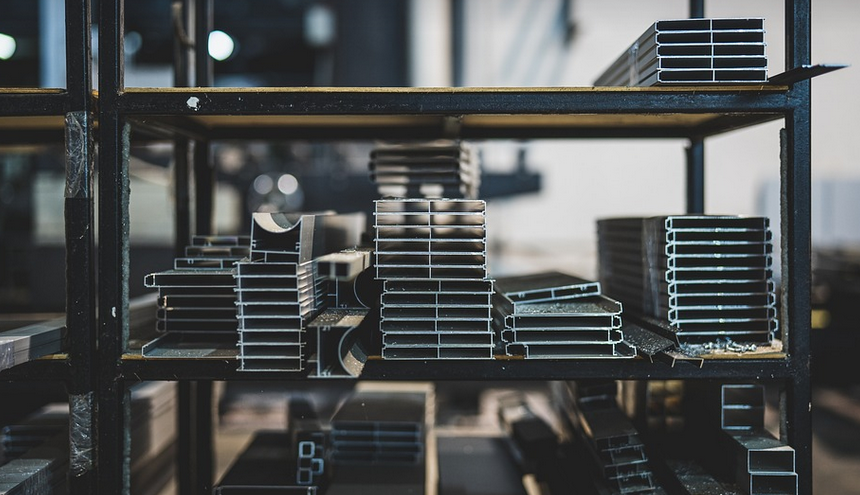
Will Rubber Cement Work On Plastic?
The Question of Tacky Adhesives and Flexible Materials
You’ve stumbled upon a classic DIY question – the age-old debate about whether rubber cement works on plastic. This seemingly simple query holds a fascinating answer that dives deep into the realm of materials science, adhesive properties, and even our creative impulses.
Let’s break down this sticky dilemma with a bit more insight than just “yes” or “no.” We’ll explore why rubber cement, in its iconic form, might not be your go-to solution for bonding plastic, but also delve into the fascinating world of adhesives that can actually bridge the gap between these two seemingly incompatible materials.
Rubber Cement: The Basics
Rubber cement, beloved by crafters and artists alike, is a versatile adhesive known for its ability to bind paper, cardboard, fabric, and even some plastics. But there’s a catch! Its effectiveness hinges on the specific type of plastic involved.
This tenacious adhesive gets its power from a blend of ingredients designed to create strong bonds through intermolecular forces. These forces work by attracting particles of different substances in close proximity.
Rubber cement is specifically formulated with rubber particles, which help it form these very bonds with these plastics. But this reliance on rubber leaves us with a crucial question: will it work on all types of plastic?
The answer, unfortunately, depends on the structure and the composition of your particular plastic.
Plastics: A Diverse Landscape
Plastic is an incredibly diverse material. We’re talking about a broad spectrum of polymers, each with unique characteristics. These properties influence how the glue interacts with the surface at a molecular level.
For instance, there are high-density polyethylene (HDPE) plastics that tend to be more resistant to adhesives compared to thinner or flexible types like polypropylene (PP). These differences in density and structure significantly affect adhesion.
Think of it this way: imagine trying to stick a piece of sandpaper to a smooth wall. It’s just not going to happen easily, right? Same idea with plastic! The adhesive needs to penetrate the material’s surface for effective bonding.
Challenges with Rubber Cement on Plastic
So, why does rubber cement often fall short when applied to plastic? It boils down to a combination of factors, including:
- The nature of the plastic itself: Some plastics are more prone to adhesion than others. For instance, PVC and ABS plastics tend to be more porous, which might allow for better bond formation.
- Lack of proper surface preparation: The key to any good adhesive is a clean, dry surface. If your plastic surface isn’t properly cleaned or prepped for adhesion (think about it as “getting ready” before you apply the cement), rubber cement might just not perform its magic.
- Compatibility issues: Rubber cement may not have compatible polymers with some plastics, preventing effective bonding.
The result is often a weaker bond, even when using rubber cement on plastic. So while it’s tempting to try and “cheat the system,” remember that there are more tailored adhesive choices for specific needs.
Alternatives: A World of Adhesivos
If you find yourself facing a dilemma where you need strong, long-lasting bonds between plastic and other materials, consider exploring some alternative adhesives:
- Contact Cement (Epoxy Glue): This is your go-to option for durable bonding. It’s known for its ability to penetrate into the material and form a strong bond. You might use it on various plastic-based materials like fiberglass, wood, or even metal.
- Hot Melt Adhesives: Another classic choice! These adhesives are typically liquid in their form and become solid when heated. This is great for bonding different plastics together without the need for a clamp.
For specific plastic types, you can find specialized adhesives that are designed to work with those particular materials. It’s worth doing your research to find the right adhesive for your project.
The Art of Experimentation: A Final Note
While rubber cement might not be the best choice for bonding many plastics due to its limitations, there’s always room for creative experimentation! Remember, sometimes a little ingenuity can go a long way. Just make sure you test your chosen adhesive on a small area first.
If it’s something that just needs temporary adhesion or light bonding, consider other options like duct tape or even glue sticks. These are often more suitable for quick fixes and light-duty projects.
Ultimately, the best adhesive choice depends on your specific project needs, the type of plastic you’re working with, and the desired bond strength. Don’t be afraid to experiment and find what works best for you!